11 start with V start with V
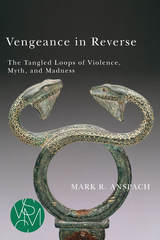
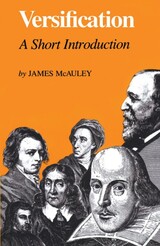
Versification: A Short Introduction is written by one of Australia's most distinguished poets. The book discusses poetic meter, and may be the only source you need. McAuley devotes a short chapter to versification based on accent, syllable count, free verse and "classical" meters, but the book as a whole focuses on metrical verse and its constant reference back to stress in normal speech—it suceeds in showing meterical verse as a natural outgrowth of what we do naturally. This dispels quickly any sense of the esoteric—poetry is of and for people in general not for a special literati. After establishing meter in the normal sphere of speech, McAuley then discusses how abstract meterical patterns are actually applied and how variety is added to avoid a sing-song effect.
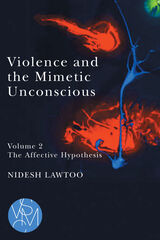
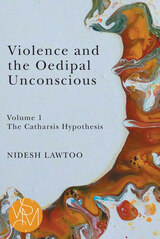
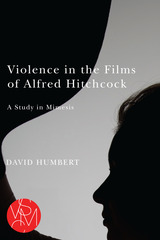
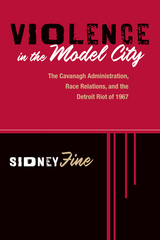
On July 23, 1967, the Detroit police raided a blind pig (after-hours drinking establishment), touching off the most destructive urban riot of the 1960s. It took the U.S. Army, the Michigan National Guard, the Michigan State Police, and the Detroit police department—17,000 men—more than a week to restore order. When all was done, the riot had claimed 43 lives (mostly Black) and resulted in nearly 700 injuries. Over 7,000 individuals were arrested, with property damage estimates over $75 million. Yet, Detroit had been lauded nationally as a "model city" in the governance of a large industrial metropolis. On the 40th anniversary of this nation-changing event, we are pleased to reissue Sidney Fine's seminal work—a detailed study of what happened, why, and with what consequences.
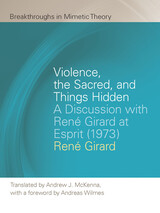
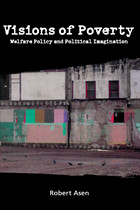
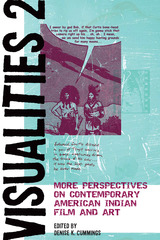


This novel is one of Dan Gerber's triumphs. From the author of American Atlas, Out of Control, and Grass Fires, Gerber's A Voice From the River followed Grass Fires to prominence on national bestseller lists. This novel once again affirms the Gerber's solid reputation for writing about the confrontation of the Spirit World and what some consider to be the Last of Days.
READERS
Browse our collection.
PUBLISHERS
See BiblioVault's publisher services.
STUDENT SERVICES
Files for college accessibility offices.
UChicago Accessibility Resources
home | accessibility | search | about | contact us
BiblioVault ® 2001 - 2024
The University of Chicago Press









